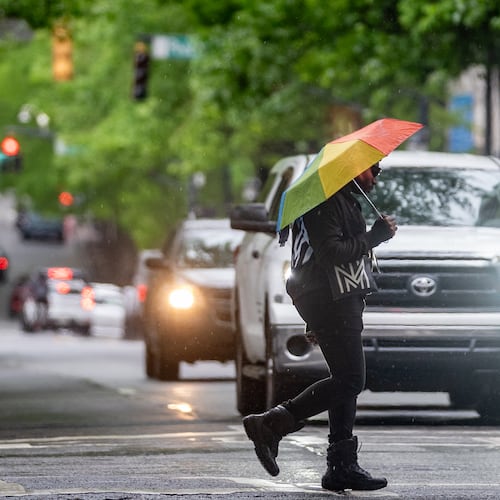When temperatures fall in winter months, exposure to the cold can cause frostbite.
This condition damages body tissues, often affecting extremities — such as fingers, toes, earlobes, or the tip of your nose — first.
When does frostbite occur?
The exact point at which you're vulnerable to frostbite varies according to the wind, temperature and the amount of time you're exposed to these conditions. In addition, you may be more susceptible to frostbite if you have poor circulation and aren't dressed warmly. Children and the elderly can also be at increased risk.
The National Weather Service and National Oceanic and Atmospheric Administration has developed a chart that shows when frostbite becomes a danger. Depending on the circumstances, you can be at risk in as little as five minutes.
How can you avoid frostbite?
If possible, limit the amount of time you're outside during extremely cold temperatures. Try not to be alone outside in these temperatures so you'll have someone with you to help recognize the signs of frostbite and get help if needed. Since you can't feel the affected area as frostbite worsens, you may not realize what's happening.
Also dress in warm layers, including a hat, water-resistant coat, mittens or gloves and a scarf or other cover for your face and mouth.
What are the symptoms of frostbite?
It's important to recognize the signs of frostbite so you can get out of the cold and receive medical treatment. Frostbite can be very dangerous and may even result in the amputation of the affected area.
Some signs of frostbite:
- Redness or pain in any area of your skin
- Changes in skin color, including white, gray, yellow or blue areas
- Loss of feeling
- A waxy appearance or feeling in areas of the skin
If you think you may be in danger of frostbite, get out of the cold if possible and watch out for signs of hypothermia, which can be an even more serious condition. Indications of hypothermia include shivering, exhaustion, memory loss and slurred speech.
What are the best options for frostbite treatment?
Hypothermia requires immediate medical assistance. Frostbite also needs medical attention, but if it's not immediately available, use some of the following frostbite treatments recommended by the Centers for Disease Control and Prevention:
- Get out of the cold and into a warm room if possible
- Remove any wet clothing
- If your feet have frostbite, don't walk on them if you can avoid it
- Don't rub or massage affected areas. Handle them gently
- Drink warm liquids
- Gently remove rings or other tight jewelry if possible
- Soak the affected areas in warm – not hot – water
- If you can't soak your skin, use your body heat to try to gently warm affected areas. For example, you can gently place your fingers under your armpits.
- Get warm under layers of loose clothing and blankets
- Don't use a heating pad or similar device to warm up. Since frostbitten areas may be numb, you may further damage your skin and not be able to feel it
- Use dry, sterile dressings to loosely bandage affected skin. If toes or fingers are affected, place gauze between them
About the Author
The Latest
Featured

